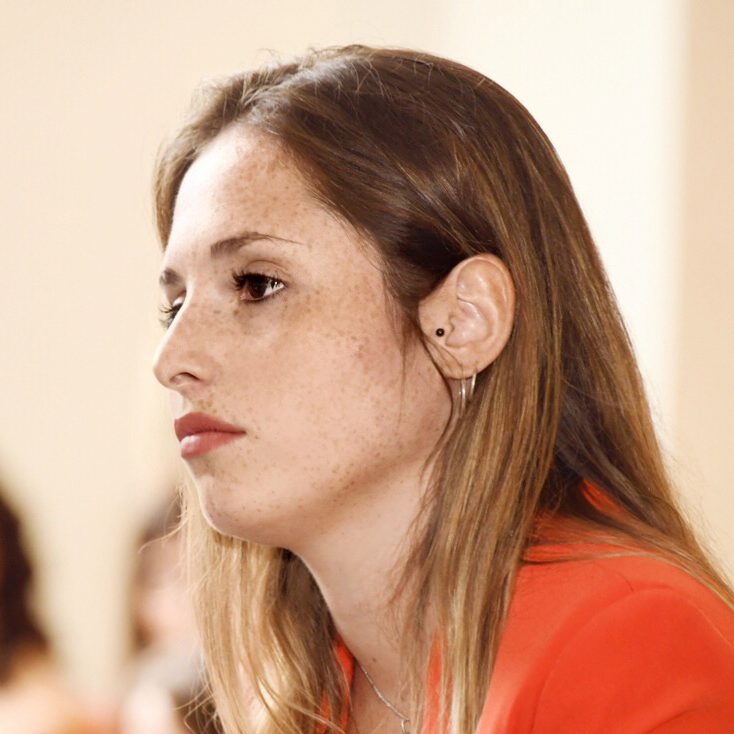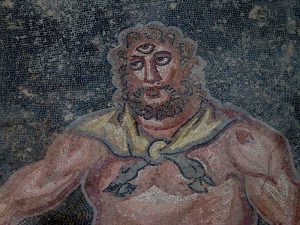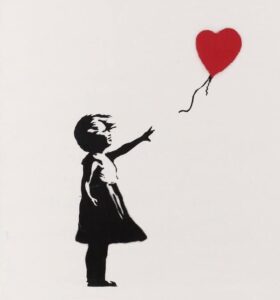WHAT IS SERENDIPITY?
4 min read
Making discoveries by chance now has a name or better, it has had it for quite a while. The term “serendipity” was coined and first used by Horace Walpole in 1754 to indicate, in a letter to his friend, a pleasant discovery of something he was not looking for. The word derives from the story of “the three princes of Serendip”, a folktale of Middle Eastern culture. The story tells the adventures of the three cultured and shrewd sons of the king of Serendip who are sent away from home to finish their education and to broaden their knowledge of the world. Along their way to a foreign land, they met a camel driver desperate for losing his camel. The three make fun of him by describing in detail the missing animal despite never having seen it. However, this game will backfire when they are accused of stealing the beast that the three have never actually seen. Only once brought before the judge they will give an explanation to that detailed description and manage to be acquitted for the not committed crime. So, how did they manage to save themselves? It’s easy, more or less: they have guessed the particular load of the camel and its peculiar physical features thanks to the clues left along the way, such as the side where the grass was eaten or which animals ate the load.
Many times the concept of serendipity – or “serendipità” in Italian – is linked to a pleasant discovery made by pure chance. Actually, the concept is a little more complicated than that. As the story of the princes of Serendip teaches us, it is not only fate that defines a discovery but also putting together the clues, the power of observation and the ability to understand what is happening around us.
The term serendipity in scientific research was used for the first time by a professor in the 1930s, and since then it has been used widely in the scientific field. Yes, scientific discovery sometimes does not undertake well-defined paths and leaves space for creativity and the randomness of discoveries. It’s essential to identify and correctly interpret the unexpected results compared to the baseline data.
Ohid Yaqub is a sociologist of science working at the University of Sussex in Brighton, UK. His research concerns the role of serendipity in scientific discovery. The aim is to analyze in depth the mechanisms by which it acts so that they can be used as tools for the allocation of research funds. Yaqub, starting from the research of the American sociologist Merton, proposes to classify serendipity into four types.
The first type is research in a certain sector which leads to applicable discoveries or to discoveries which can be applied in different sectors. An example is the conversion of the use of nitrogen mustards from toxic gasses to chemotherapy drugs.
The second type is research which, with a certain aim, leads to solutions through an unexpected path. An example is the discovery of the vulcanization of rubber which increases its tensile strength and elasticity by reducing the abrasiveness and stickiness. Discovered by mistake from liquid rubber dripped on the stove, the technique was used by Goodyear to produce more resistant tires.
The third type is free research which leads to a sudden discovery. The discovery of radioactivity and its implementation as a diagnostic technique occurred due to a chance discovery.
The fourth and last type are discoveries that find solutions to problems that only come to light later. For example the discovery of shatterproof glass from a laboratory accident and later used to build car windshields.
Research is a complex process and is influenced by many factors. The randomness of some discoveries should not suggest that the rational approach has failed. As said before and as claimed by those who deal with the topic, the chance discovery, the “happy accident” is itself the result of the combination of several factors that make the happening of an event kind of probable. And it is just the tip of the iceberg, because what really determines the happening of serendipity is not the occurrence of the chance event but the scientist’s ability to recognize this event and demonstrate its importance. The history of medical and pharmaceutical discovery is full of serendipity. Some of the drugs that have deeply influenced human culture were discovered by chance. One of the most famous examples is the discovery of penicillin which projected man into the antibiotic era, allowing humanity to eradicate diseases until then without cure. We can mention benzodiazepines, drugs with anxiolytic action, such as Xanax and Valium, which became part of the pop culture of the United States from the second half of the 1900s. The use of gas in surgery, which started the development of modern anesthesiology.
If you want to read other articles about medicine, nutrition and wellness click here.

Mi chiamo Giulia. Diplomata al liceo classico, ho in seguito conseguito la laurea triennale in Interpretariato e Comunicazione e poi la laurea magistrale in Traduzione Specialistica. Ho lavorato sia come traduttrice per una piattaforma digitale sia come interprete di conferenza in sede di udienza. Ho da sempre avuto una forte propensione per le lingue straniere motivo per cui ho deciso di intraprendere questo percorso. Sono anche appassionata di cucina, cinema ma soprattutto di film e serie tv







